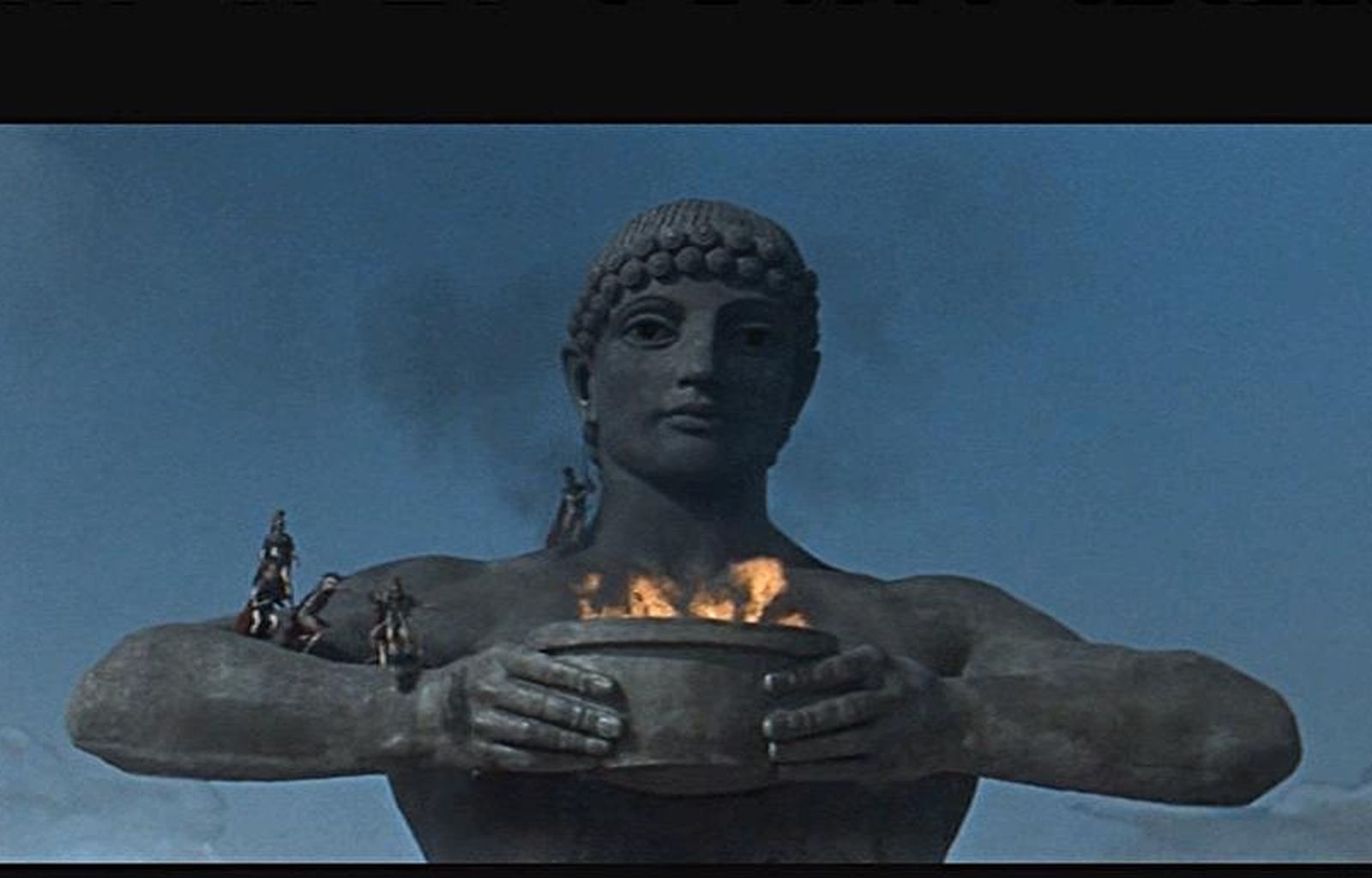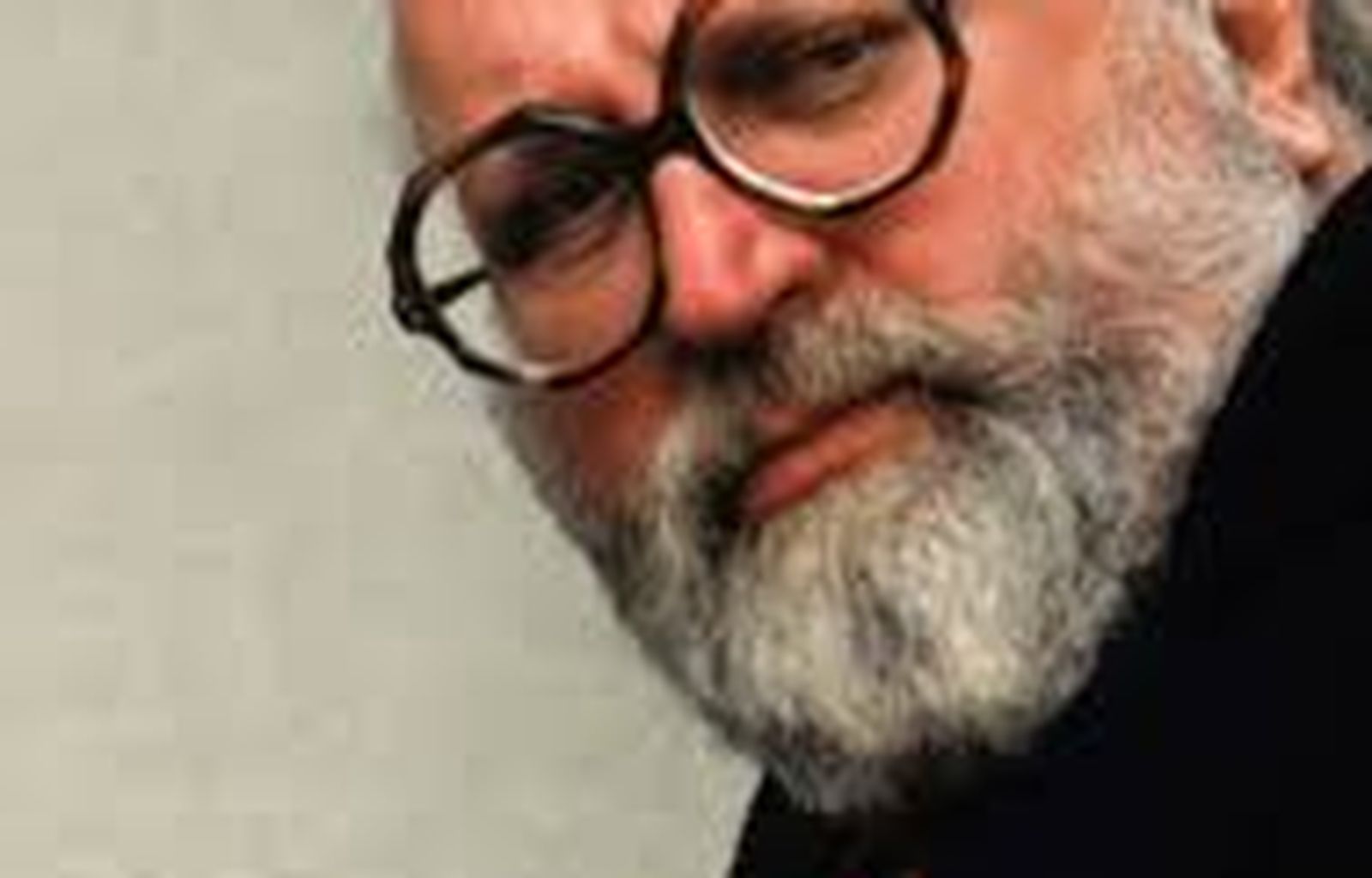1° FESTIVAL INTERNAZIONALE CINEMA GIOVANI
Retrospettiva - Il cinema italiano che oggi ha vent'anni. Opere prime 1958-1967
Il colosso di Rodi
by Sergio Leone
The Athenian hero Darius, after the victory against the Persian army, goes to the island of Rhodes, with the intent of getting his strength back. Here he comes across the popular discontent against king Xerxes, who built the famous colossus which blocks the entrance of the harbour. A few plotters, who are organising an uprising against Xerxes, ask Darius’ help to invoke the solidarity of the Athenian archons. But no ship can leave the island without the king’s permission. Darius decides to breach the blockade of the harbour and looks for the support of Diana, the daughter of the builder of the colossus, unaware of the strong connection she has with the oppressive royal councillor. He gets to know Darius and the plotters’ plans, he recruits some Phoenician soldiers to make them occupy the city. The people face them with bravery and they seem about to win, when a terrible earthquake shakes the island and demolishes the city. Diana dies between the ruins, losing her life for her betrayal.
Traduzione in inglese Francesca Sala – English translation Francesca Sala
Biography
film director

Sergio Leone
FILMOGRAFIA
1959: Gli ultimi giorni di Pompei di Mario Bonnard (regia della seconda unità e ultimazione delle riprese). 1961: Il colosso di Rodi; Sodoma e Gomorra di Robert Aldrich (regia della seconda unità). 1964: Per un pugno di dollari (pseudonimo Bob Robertson). 1965: Per qualche dollaro in più. 1966: Il buono, il brutto, il cattivo. 1968: C'era una volta il West. 1971: Giù la testa.
Declaration
film director
What was your professional routine?
It was very specific. While I was studying Law at university, I started as an assistant director. I worked with Camerini, Soldati, Gallone, Comencini, Weis, Zinneman, Walsh and at the same time I used to take part in the screenplays. I wrote many of them. My debut was with a Catholic film company, linked to Opus Dei. I started with Il Colosso di Rodi. Unfortunately, it was a success. I say unfortunately because later I should have been part of other films of the same kind, and that made them give me a “definition” (screenwriter of mythological films) that I didn’t want. So I gave up all of the following screenplays of the same kind.
Gli ultimi giorni di Pompei was not my first film, as they sometimes say. Mario Bonnard had already signed for the film and when he got ill, he asked me to take his place. I arrived the day before starting to work and I didn’t want my name on it, because that was not my movie, I took with me two assistants: Duccio Tessari and Sergio Corbucci. Since the film went all right, they asked me to shoot Il colosso di Rodi, which is from 1961, and it is my real first film as a director. I made the whole movie without “decoupage” and I had “technical fun” with a few little ideas, but I didn’t have a lot of time. It was a mistake: with a “decoupage” and two months of preparation I could have made a more personal film! The truth is that I never meant to make “peplum” films and, after the huge sales success of Il colosso di Rodi, I had to refuse a dozen of Maciste or Hercules, preferring not to do anything and going back to my job as a screenwriter. Anyway I was again Aldrich’s assistant (he liked Il colosso di Rodi very much) for the second unity of Sodom and Gomorrah. (...)
Basically, I wrote Il colosso di Rodi while I was shooting, because we had to solve the problems of the script step by step when it was impossible to shoot something that we had written. I wanted to expose the genre and if you watch it very carefully you can see it is quite ironic. The protagonist is a playboy and I went for an epic comedy, with an irony that is not completely revealed, it is for cinema lovers.
Honestly, it was a foster film; when they heard that Gli ultimi giorni di Pompei had been made by me, they asked me to shoot a similar one. We spent years giving up films, Cottavi and I. We used to refuse each other films.
Traduzione in inglese Francesca Sala – English translation Francesca Sala
Cast
& Credits
Soggetto e sceneggiatura: Sergio Leone, Ennio De Concini, Luciano Martino, Aggeo Gavioli, Cesare Seccia, Luciano Chitarrini, Carlo Gualtieri, Duccio Tessari.
Fotografia (supertotalscope, eastmancolor): Antonio Ballestreros, Emilio Foriscot.
Art director: Ramiro Gomez.
Costume designer: Vittorio Rossi.
Special effects: Vittorio Galliano, Manuel Baquero.
Editor: Eraldo Da Roma.
Music: Angelo Francesco Lavagnino.
Cast and characters: Rory Calhoun (Dario), Lea Massari (Diana), Georges Marchal (Pericle), Mabel Karr (Mirte), Conrado San Martin (Thar), Angel Aranda (Koros), Mimmo Palmara (Chares), Alf Randal (Creonte), Jorge Rigaud (Lisippo), Carlo Tamberlani (Senone), Robert Camardiel, Yann Larvor, Fernando Calzado, Ignazio Dolce, Felix Fernandez, Arturo Cabre, Jose Vilches, Angel Menendez.
Production company: Cineproduzioni Associate - Procusa Film - Comptoir Français e Ciné Té1évision.
Italian distribution: Filmar.


